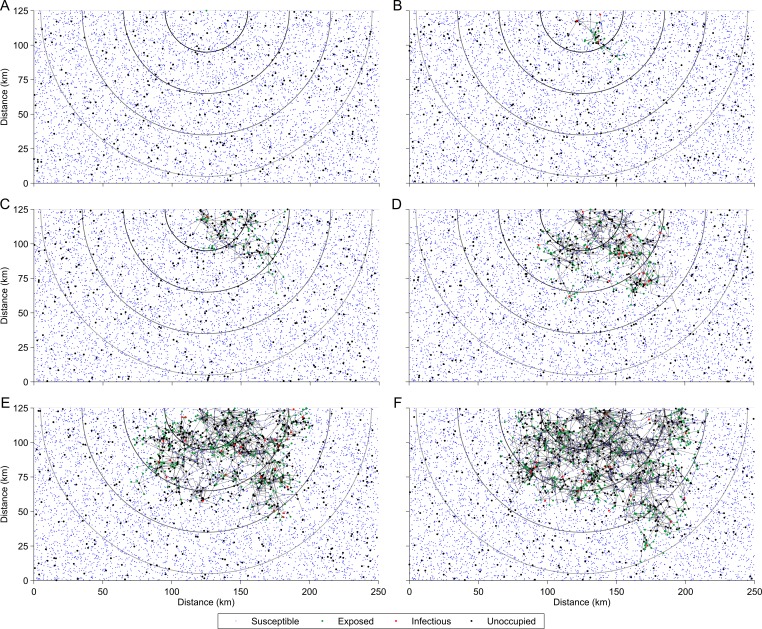Fig 1. A simulated canine rabies epidemic in the Australian wild dog population.
The spread of canine rabies (A) 0, (B) 24, (C) 46, (D) 70, (E) 92, and (F) 116 weeks after the introduction of a single sub-clinically infected (exposed) index case into the Australian wild dog population. Each node, representing a potential wild dog home range centroid, is either occupied by a (blue) susceptible, (bold green) exposed, or (bold red) infectious dog, or alternatively is (bold black) unoccupied. An occupied node’s location corresponds to the average position of the dog that occupies the home range. An edge between two nodes represents a transmission event which occurred sometime in the past between two dogs (one infectious, one susceptible) that either currently occupy or previously occupied the nodes (the infection (occupancy) status of each dog (node) may have changed in the time since the transmission event). Edges are shown for all transmission events since the start of the epidemic (not only recent transmission) such that a node may be adjacent to multiple edges by the time rabies percolates (116 weeks for this particular transmission network realization) beyond the fourth milestone distance (lightest grey semi-circle, 120 km). The parameter values used to generate this transmission network realization were: landscape width = 250 km and height = 125 km, wild dog density = 0.20 dogs/km2, wild dog sociability shape parameter = 30 and scale parameter = (gamma distribution), probability of a bite given contact = 0.50, transmission probability given a bite = 0.50, spatial scale parameter λ = 0.4 km-1, mean infectious period = 3 days (exponential distribution), model time step δ = 1 day, incubation period shape parameter = 7 and scale parameter = 4 (gamma distribution), mean wild dog lifespan = 3 years (exponential distribution), and mean replacement period = 50 days (exponential distribution).

